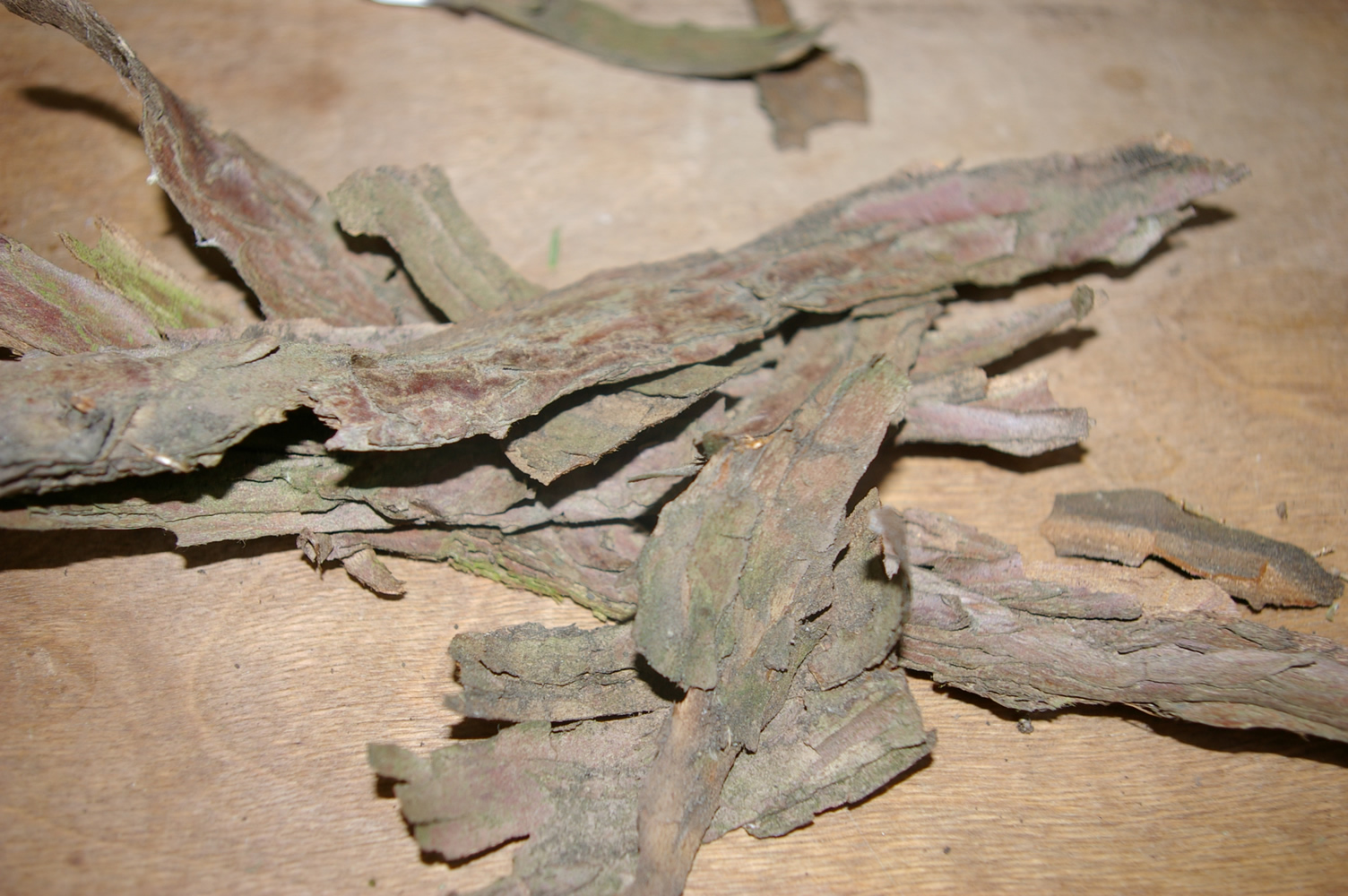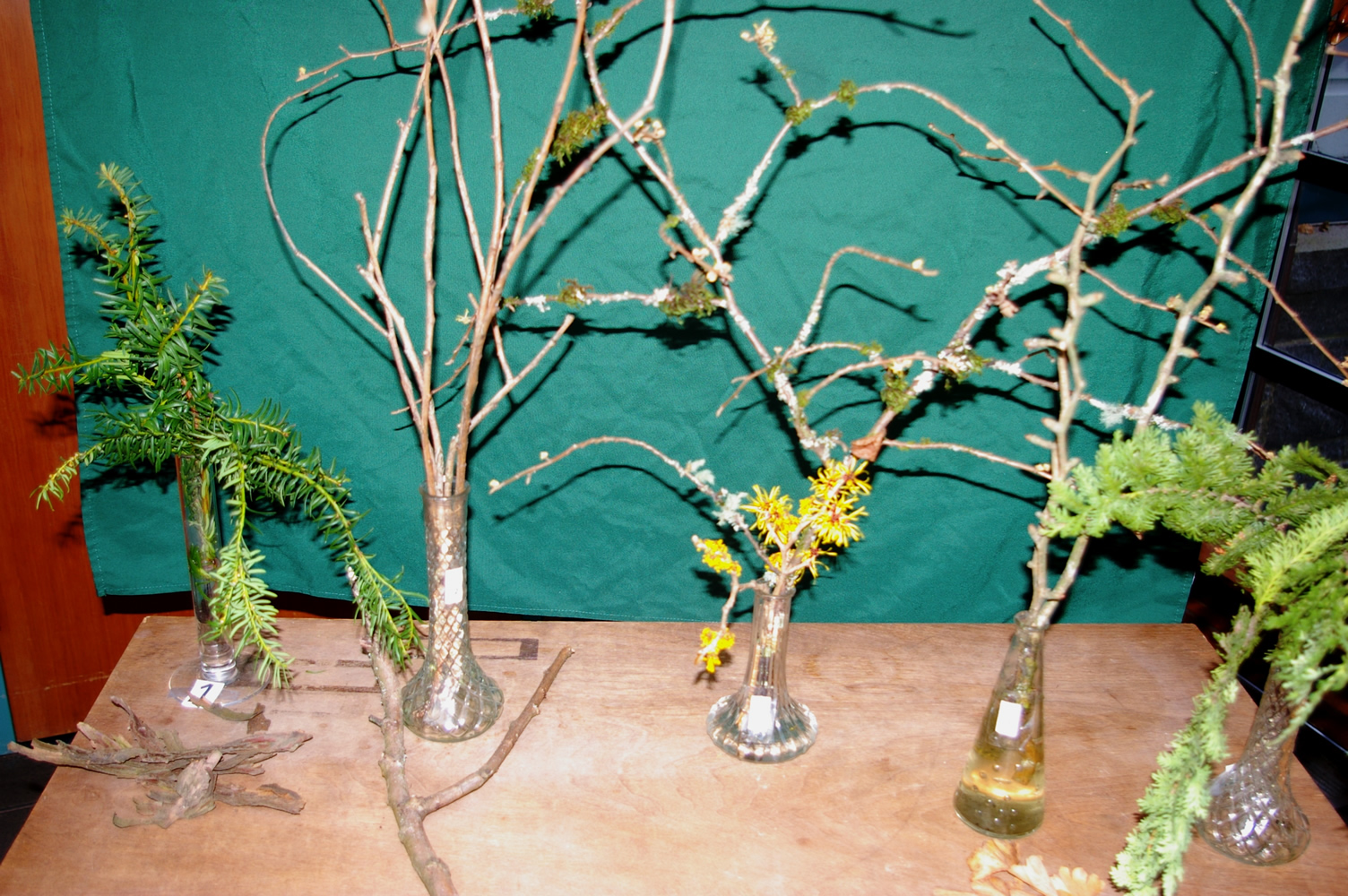Medicinal woody plants growing in the Washington Park Arboretum

1) Taxus brevifolia (Pacific or Western Yew)
- Native from southern Alaska to central California
- Chemotherapy drug Taxol was derived from the bark
- All parts of the plant are toxic except the fleshy red aril surrounding the little green cones
2) Salix (Willows)
- Aspirin is derived from Salicylic acid (component of Willow-bark extract)
- Medicinal use dates back to at least the 5th century BC when the Greek physician Hippocrates prescribed it to ease pain and reduce fevers.
- Lewis and Clark used willow bark tea as a remedy for crew fevers
3) Hamamelis virginiana (Witch Hazel)
- Leaves and bark contain hamamelitannin believed to be responsible for astringent properties, hemostatic properties, and antioxidant activity
- North American Indians distilled bark, leaves and twigs to make eyewash, treatment for hemorrhoids, internal hemorrhages, and gum inflammation.
 4) Ginkgo biloba (Maidenhair tree)
4) Ginkgo biloba (Maidenhair tree)
- Considered a living fossil, Ginkgo is native to China
- Chinese people appreciate the dry-roasted nuts as a treatment for lung qi deficiency
5) Thuja occidentalis (Eastern arborvitae)
- One of the four plants of the Ojibwe medicine wheel
- Rich in vitamin C, thought to have cured many bouts of scurvy in mariners
Source: Moerman, Native American Ethnobotany; Van Wyk and Wink, Medicinal Plants of the World; Schafer, The Chinese Medicinal Herb Farm